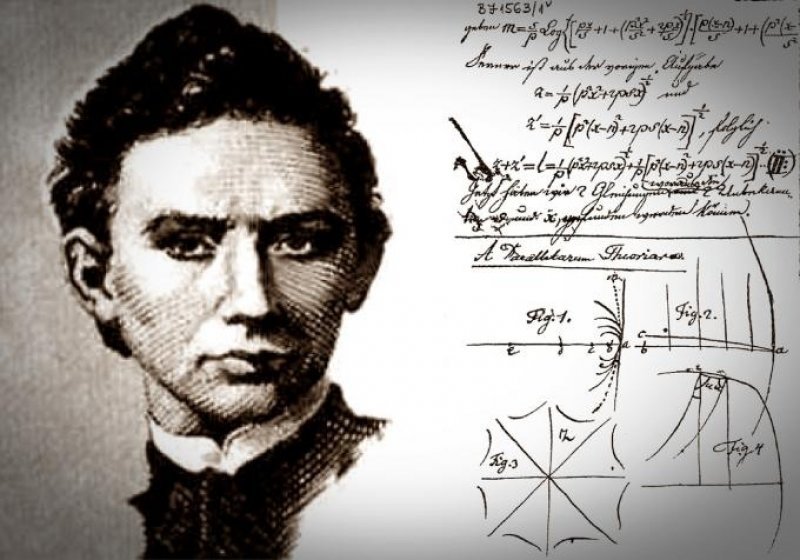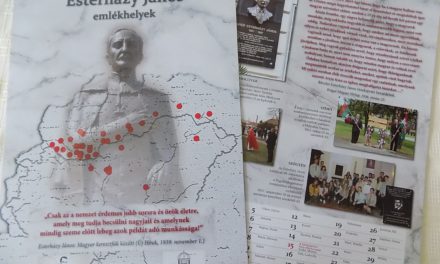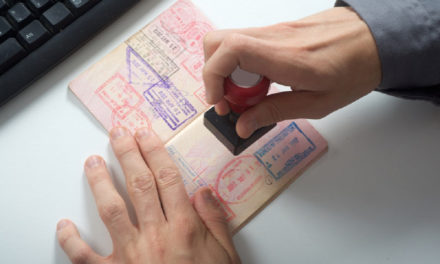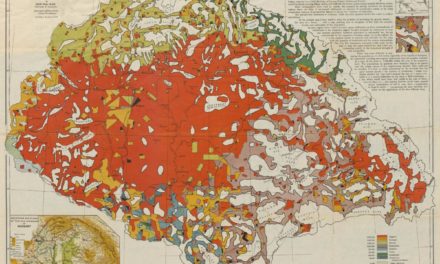According to historian Zsuzsanna Kopeczny, museographer of the Bánság National Museum, it is a distortion.
Back in November 2013, the international Bolyai conference was organized by the Bánság Working Group of the Cluj Academic Work Committee, headed by Professor Tamás Nagy-György. Historian Zsuzsanna Kopeczny, museographer of the Bánság National Museum, also spoke at the conference, and we asked her about the origins of the Bolyai family. Interview.
– Is there a special reason for your choice of topic? Because I recently found an article written by T. Cojocaru, which can be read on the website of the Moldovan Instrumentul Bibliometric Național (National Electronic Library), where he writes:
“He attended school for generations in the Soviet era… the work of Nikolai Lobachevsky of non-Euclidean geometry. This opinion still exists today. Lately, some say that this honor belongs to Karl Gauss, others award it to Bolyai Ianoş.”
That is, to János Bolyai. The Romanian spelling of the name is no accident: the author cites "authentic family research", namely researcher Horia Stâncă, who believes that the Bolyai family is of Romanian origin. This would be confirmed by a document he found, in which the Bolia family is "nobiles valachorum", meaning Romanian nobles (he writes as aristocrats). One branch of the family is transferred to Moldavia, called Bolian, where they hold high court positions in the courts of the voivods - so there would be a real Romanian branch of the family tree, the Bolyai Farkas was somehow explained. Otherwise, in the text, the author confuses Bolyai Farcaș (so it is written) with János.
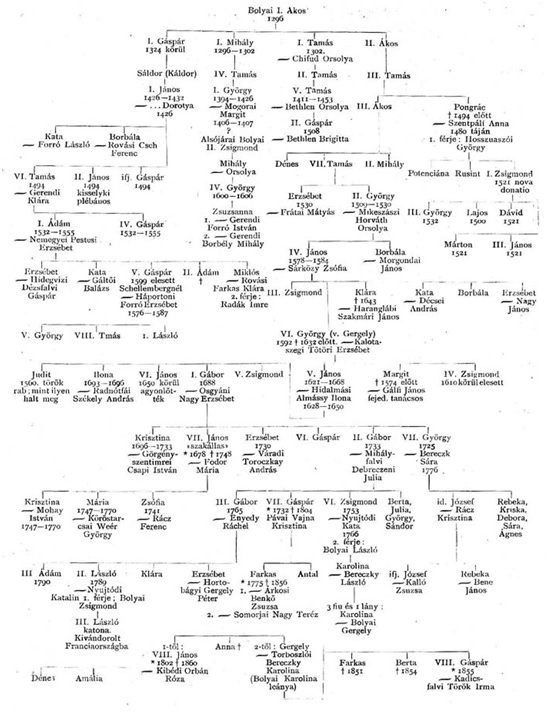
Bolyai family tree / Source: Transylvanian Association of Hungarian Civil Organizations
- I wanted to apply for the invitation to the Bolyai conference with a topic that would be related to the occasion (Bolyai anniversary), so I chose to present the medieval history of the Bolyai family.
I read T. Cojocaru's writing, I think it is a distortion. In the absence of more thorough archival research, I can say that it is absolutely possible that there was a Romanian Bolia family (you have to check when they lived), but they are certainly not the same as the Bolyai family.
– There is a family tree accepted as authentic, he presented this during the presentation. Is there a single name/person here that would indicate that there is/would be a Romanian branch of the family?
– The names found in the family tree are of Hungarian origin, it is characteristic that family members are given the same first names for several generations, so Ákos, for example, is very common, Ákos I being the first known Bolyai, and Gergely. It should be known that in medieval certificates, which were written in Latin, (Catholic) first names were also written in their Latin form, so they do not in themselves indicate the ethnicity of the wearer. And the family name most often comes from the name of the family's estate center, in the case of the Bolyai family it is Bólya, so this also indicates nationality.

Ancient Bolyai coat of arms / Source: Transylvanian Association of Hungarian Civil Organizations
- In the literature, no one thinks of questioning that the Bolyai family is Hungarian. We could see the coat of arms of the Bolyai family. At the same time, a seal press from János. He didn't use the crest?
- Even his father, Bolyai Farkas, did not use the family coat of arms on his seal press. This may be related to the spread of the use of monograms.
- What important information did the Bolyai family's research bring? What values are connected to the family and the locations of their lives?
– I presented the known data, placing János Bolyai in a family history framework. During the research, it became apparent that there were not many scientific writings about the Bolyai family, as far as the medieval period is concerned. For the time being, I cannot judge whether this is due to a lack of interest or the scarcity of available data, but I would rather think of the former.

Imprint of János Bolyai's seal printer / Source: Transylvanian Association of Hungarian Civil Organizations
– What architectural monuments and values related to the Bolyai family still exist in Transylvania? Is there anything that can no longer be saved? What could or should be saved with community cooperation?
– On the border of the settlement of Bólya (northeast of Szeben) there is the ruined Bolya Castle, with a large chapel. Over time, it unfortunately fell into disrepair and many architectural elements and decorations (carvings, frescoes) disappeared.
Although a restoration plan was prepared during the communist era, it was unfortunately never realized, and the state of the monument has now deteriorated to such an extent that it is dangerous to visit.
The roof of the church there no longer exists, which threatens the existence of the frescoes that can still be found. Conservation and restoration should be carried out. The accompanying archaeological research can also reveal earlier architectural periods. The castle we have left is mostly from the 16th and 17th centuries. built in the 19th century, we can assume that an earlier manor house may have stood in its place. Returning to the ruins, it is very difficult and expensive to restore and subsequently maintain such a complex of buildings, but it is obviously not impossible if you have the will and determination to do so.
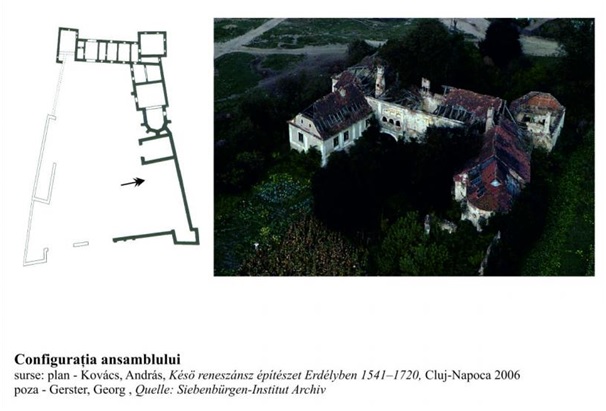
Bolyai Castle 2006 / Source: Transylvanian Association of Hungarian Civil Organizations
The support of the local authorities and the involvement of civil organizations are definitely needed.
The problems are usually related to the right of ownership, and the owner usually does not have the financial support for such an investment.
Author: BB / Transylvanian Association of Hungarian Civil Organizations
Bolyai family tree: Farkas and János circled
The ancient Bolyai coat of arms
Imprint of János Bolyai's seal printer
The Bolyai Castle in a 2006 work

